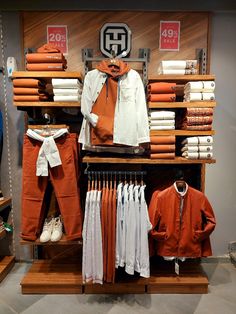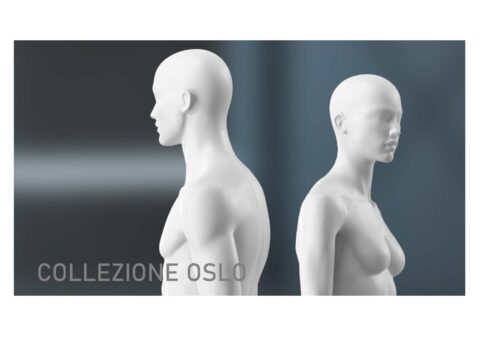Negozio fisico
Negozio fisico 10 buone ragioni per aprirne uno oggi
Si parla troppo spesso di e-commerce, ma un negozio fisico ha ancora molto da offrire. Scopriamo i 10 buoni motivi per aprirne uno oggi.
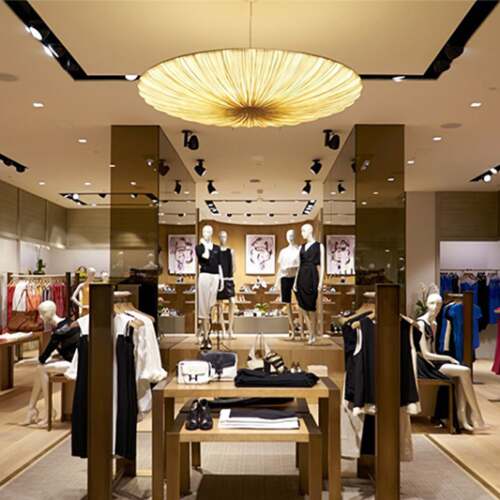
Negli ultimi anni, tra crescita del commercio online e l’impatto della pandemia, gli esercizi commerciali hanno sofferto gravi conseguenze dovute principalmente ai mutamenti nelle abitudini di acquisto. Sebbene alimentari e farmacie continuino a essere colpite meno di altre attività, la stragrande maggioranza dei negozi fisici ha subito un grosso ridimensionamento del fatturato.
Dai primi mesi del 2020 è stato registrato un vertiginoso incremento delle attività e-commerce e molti negozi e pubblici esercizi hanno spostato le proprie vendite online, organizzandosi con spedizioni, consegne a domicilio, take away, delivery ecc.
Sarebbe quindi logico pensare che questo cambiamento sia ormai irreversibile, e che le attività offline siano destinate a estinguersi soppiantate dallo strapotere dell’e-commerce.
Per fortuna, non è così. Lo dimostra il fatto che grandi brand dello shopping online, come Velasca o Tela Blu stiano investendo sempre più nell’apertura di store fisici e punti vendita al dettaglio.
Velasca ha infatti deciso di inaugurare 20 negozi entro il 2022 tra Italia ed estero, mentre Tela Blu ha aperto due importanti store a Torino e a Padova.
Le due dimensioni – online e offline – sono in realtà sempre più destinate a convivere in modo complementare, integrando così gli specifici vantaggi delle diverse dimensioni. Inoltre, diciamoci la verità, ci sono opportunità che si possono cogliere solo con un negozio tradizionale. Di seguito vi abbiamo elencato i principali vantaggi di aprire un negozio fisico.
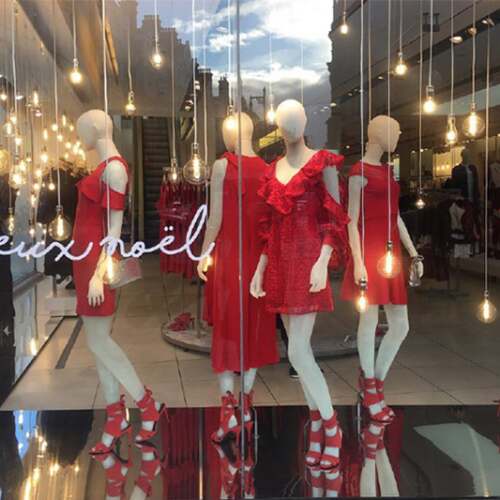
1- Acquistare in un negozio è più facile e veloce
Fare acquisti comodamente seduti sul divano di casa è indubbiamente comodo e spesso conveniente, ma farli direttamente in negozio può essere molto più veloce.
Per quanto rapida possa essere una spedizione, la merce sarà consegnata nel migliore dei casi il giorno successivo all’acquisto. In caso di necessità impellente, quindi, la cosa migliore è recarsi nel punto vendita più vicino. L’acquisto diretto in negozio non solo consente di entrare istantaneamente in possesso del bene acquistato, ma anche di evitare di perdere tempo andando ossessivamente alla ricerca dell’offerta migliore tra decine di siti e-commerce, dovendo destreggiarsi tra costo del prodotto, costi, modalità e tempi di spedizione. L’acquisto diretto in negozio può quindi essere anche meno stressante, togliendo il pensiero una volta per tutte.
Tornando ai costi di spedizione, inoltre, va detto che in alcuni casi possono persino superare il costo dell’oggetto stesso, o comunque incidere sulla spesa finale in una percentuale ritenuta eccessiva, cosa che indispone molti utenti all’acquisto online.
Dare ai clienti la possibilità di recarsi in un punto vendita e ritirare personalmente quanto acquistato può quindi costituire un ottimo punto di forza rispetto alla vendita online.
2- Offre la possibilità di provare o toccare con mano un prodotto prima di acquistarlo
Quale fragranza avrà quel profumo? Come mi cadrà quel capo di abbigliamento? Quanto sarà comoda quella sedia? Come suonerà quel impianto audio?
Decidere di acquistare qualcosa basandosi su qualche fotografia e delle informazioni che, per quanto dettagliate e ben presentate, non è possibile verificare, non è sempre facile.
Quando si è in un negozio, invece, si ha la possibilità di provare e toccare con mano un prodotto, e di chiedere ulteriori consigli ed informazioni a riguardo a qualcuno, effettuando così un acquisto pienamente consapevole e privo di incognite.
Permette, insomma, di effettuare un’esperienza di acquisto nel senso più concreto del termine.
Un negozio ben fornito, in cui i clienti possano interagire fisicamente con i prodotti che desiderano acquistare, offre quindi un qualcosa in più che un e-commerce non sarà mai in grado di dare. Senza dimenticare l’importanza di poter contare su personale formato e motivato, in grado di dare informazioni, dimostrazioni e consigli accompagnando il cliente nel suo processo di acquisto.
3- Creare rapporti di fiducia e di cortesia con i propri clienti
Lo shopping online è sempre più popolare, e ormai ha conquistato anche il pubblico più diffidente e meno smaliziato, grazie alla sua semplicità e immediatezza d’uso e ai rigorosi standard di sicurezza offerti dai marketplace e da strumenti di pagamento come Paypal, carte prepagate ecc.
Eppure, recarsi fisicamente nel proprio negozio di fiducia, soprattutto nel caso di piccole realtà in cui ci si conosce per nome e si possono anche scambiare quattro chiacchiere, è un’esperienza a cui nessuno vorrebbe rinunciare. Soprattutto dopo che per molti mesi non è stato possibile farlo a causa delle restrizioni anti Covid.
Pare che addirittura due terzi dei consumatori preferiscano l’acquisto in negozio rispetto a quello online.
Questo è anche dovuto al fatto che, a parte i marketplace più noti e considerati affidabili, spesso il consumatore è turbato dal non sapere con chi sta effettivamente trattando, soprattutto nel caso di quelle piattaforme che si limitano a mettere in contatto domanda e offerta, lasciando poi alle rispettive parti la finalizzazione dell’acquisto, ma anche la scelta delle opzioni di spedizione, la gestione di eventuali resi e così via.
La rete pullula ancora di truffatori, e per gli utenti meno attenti è facile incorrere in raggiri, che non sono semplicemente di natura economica ma possono comportare furti di identità o di dati sensibili.
Frequentare un negozio fisico, conoscerne il titolare o chi ci lavora ispira decisamente maggiore fiducia, dando al cliente la sensazione di poter sempre realizzare l’affare migliore in totale sicurezza.
4- Offrire esperienze di acquisto personalizzate
Secondo una ricerca statunitense, nove clienti su dieci sostengono di abbandonare un esercizio commerciale se la loro esperienza è stata deludente per due o tre volte.
Per quanto un servizio di e-commerce possa essere ben organizzato, ci sono sempre molte limitazioni al poter offrire ai clienti un’esperienza di acquisto davvero personalizzata.
Un negozio fisico, al contrario, può offrire la possibilità di curiosare, informarsi, provare e acquistare. Molti negozi offrono ai clienti un tè o un caffè, o la possibilità di sfogliare riviste o di accedere ad una Wi-Fi gratuita, magari con una musica piacevole in sottofondo. Sembrano piccole cose, ma un e-commerce non potrà mai proporre un’esperienza del genere.
Ma oltre a questo ci sono tanti aspetti che rendono un negozio fisico uno spazio piacevole dove recarsi a fare acquisti, ad esempio l’arredamento, la luce, una vetrina accattivante regolarmente rinnovata.
Piccole attenzioni che però, specie nel caso di grossi brand, sono frutto di grande ricerca.
Basti pensare a Ikea. Esiste lo shop online, certo, ma per la maggior parte del pubblico la vera esperienza di acquisto è solo e unicamente quella all’interno dei loro store, insieme a tutta la famiglia, con annessa colazione, pranzo e tutto quello che lo spazio fisico è in grado di offrire.
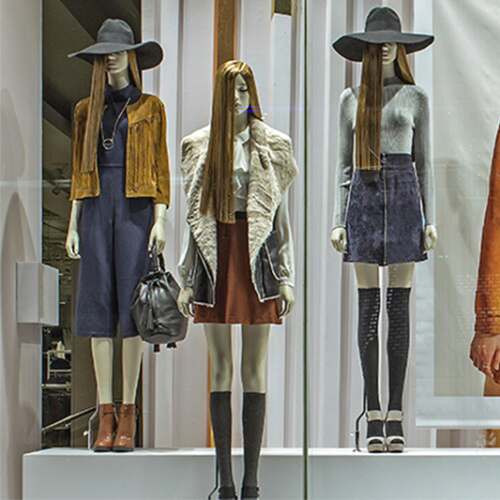
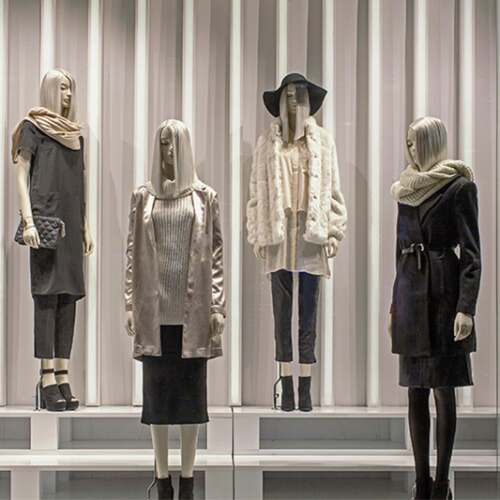
5- Utilizzare la vetrina come spazio pubblicitario
A chi acquista online dell’estetica di un sito e-commerce interessa relativamente poco.
È importante che sia user-friendly, che sia chiaro e che il processo di acquisto sia semplice e sicuro.
Al contrario, nel caso di un negozio fisico, l’estetica è fondamentale, a partire dall’insegna fino ovviamente alla vetrina, agli interni, al look del personale.
Tutti questi elementi rappresentano il biglietto da visita del negozio, soprattutto per chi non lo conosce, e che quindi si baserà sulla prima impressione ricevuta.
Si tratta, a tutti gli effetti, della prima forma di pubblicità per presentare e far conoscere un’attività commerciale.
Che si tratti di una piccola impresa commerciale o del punto vendita di una realtà e-commerce, nulla va lasciato al caso, perché i clienti arriveranno (e torneranno) attirati da un logo accattivante, da una vetrina ricca di appeal e dalla cura dei dettagli.
6- Ispirare i tuoi clienti
Le persone non fanno acquisti soltanto quando hanno effettivamente bisogno di qualcosa.
Dare ai clienti la possibilità di entrare in un negozio e curiosare tra le merci offerte può invogliare all’acquisto, attirando il loro interesse verso prodotti di cui possono non avere immediata necessità, ma che potrebbero ad esempio diventare un regalo per sé stessi o per qualcun altro.
E anche se un cliente dovesse limitarsi a dare un’occhiata in giro, saprà comunque dove trovare determinati prodotti nel momento in cui avrà la necessità o semplicemente la voglia di acquistarlo.
7- Essere parte integrante della vita di quartiere
Una internet company non ha alcun rapporto diretto con le comunità locali, mentre un negozio fisico entra a far parte della vita di quartiere.
Oltre a diventare un punto di riferimento per la comunità locale, un negozio fisico può, ad esempio, partecipare a mercati rionali e feste di quartiere o di paese, promuovendo il proprio spazio di vendita e utilizzando canali alternativi per proporre i propri prodotti.
Può inoltre sponsorizzare eventi e manifestazioni, rafforzando così la propria appartenenza alla vita di quartiere.

8- In un negozio fisico è più frequente l’acquisto impulsivo
Quando le persone acquistano online, solitamente sono focalizzate su di un acquisto mirato, e raramente, dopo aver completato tutta la procedura di acquisto, scelgono di aggiungere altri prodotti al carrello. In genere, i siti e-commerce propongono altre ipotesi di acquisto (il classico “Altri clienti che hanno scelto questo prodotto hanno acquistato anche…” oppure “Consigliati per te”, ecc.) ma spesso questi suggerimenti vengono interpretati come qualcosa di invasivo. Tutti sappiamo bene come funzionano cookies, pixel e altre forme di tracciamento e retargeting, ma in realtà ne siamo spesso infastiditi. Ad esempio, quando dopo aver effettuato un acquisto o semplicemente aver navigato in un sito e-commerce troviamo le bacheche dei nostri profili social invasi di proposte di acquisto.
In un negozio fisico, al contrario, ci si lascia maggiormente trasportare dall’emozione dello shopping, ed è più facile – anche senza l’intervento diretto del venditore – acquistare d’impulso. Un negozio fisico può offrire al cliente diverse opportunità di concedersi quel “qualcosa in più”, incrementando così le possibilità di vendita e di guadagno.
9- È possibile accettare più metodi di pagamento
Anche se le modalità di pagamento elettronico sono sempre più diffuse, molta gente preferisce ancora pagare in contanti.
Quando si acquista qualcosa online, le forme di pagamento più utilizzate sono tramite carta di credito o attraverso sistemi come PayPal. Anche il bonifico bancario viene spesso proposto, ma in molti sono ancora scettici ad utilizzare queste forme di pagamento.
Ciò non avviene nei negozi fisici, che possono ormai offrire tutte le forme di pagamento, persino nei casi di piccoli esercizi che grazie a sistemi come ad esempio SumUp ma anche Google Pay o Apple Pay consentono di pagare in forma elettronica, ma anche in contanti, tramite assegno, bancomat o, magari nel caso di acquisti di una certa importanza, con bonifico bancario.

10- Incoraggia i clienti a sostenere le imprese locali
Un negozio fisico, come si è detto, può diventare parte integrante di una comunità.
Questo può contribuire ad orientare le scelte di acquisto dei consumatori verso le cosiddette realtà di prossimità, privilegiando, ad esempio, la piccola caffetteria artigianale rispetto al grande locale parte di un franchising, e preferendo sostenere le realtà locali a discapito dei grandi colossi dell’e-commerce.
Sempre più persone, infatti, basano i propri acquisti anche su scelte etiche e sulla base di (pre)giudizi spesso negativi (es. non pagano le tasse, sfruttano i dipendenti…) nei confronti delle grandi catene e multinazionali.
Tuttavia, anche nel caso di negozi appartenenti o affiliati a grandi gruppi commerciali, è possibile entrare in questa dimensione locale. L’importante è riuscire ad essere percepiti come un punto di riferimento, avere un atteggiamento aperto e cordiale nei confronti del pubblico e, possibilmente, non rischiare di dare l’impressione di danneggiare altre realtà già presenti nel territorio.
Alcuni supermercati e store di piccole e medie dimensioni, ad esempio, riescono a posizionarsi in ambito locale grazie a politiche di assunzione e di trattamento dei dipendenti che vadano a privilegiare personale residente nelle vicinanze del punto vendita. Questo comporta dei vantaggi per i dipendenti (come ad esempio la possibilità di tornare a casa per la pausa pranzo, o di potersi recare al lavoro senza dover per forza utilizzare l’auto), che a loro volta, in quanto membri effettivi della comunità locale, faranno sì che il punto vendita venga percepito dagli altri abitanti del quartiere come una realtà locale a cui affidarsi e da sostenere.
Conclusioni
Il servizio che un negozio fisico è in grado di offrire ai propri clienti resta uno dei principali motivi per cui il consumatore preferisce ricercare il fattore umano, in grado di garantire un trattamento personalizzato e il parere di un esperto che conosca le sue esigenze.
Il marketing sensoriale, ovvero la possibilità di vedere, toccare e testare il prodotto prima di effettuare l’acquisto è un altro punto di forza a cui il cliente difficilmente vorrà rinunciare.
Un negozio fisico può offrire esperienze che sono in grado di andare oltre il semplice acquisto, come ad esempio workshop, presentazioni, piccoli eventi o anche semplicemente la possibilità di fare conversazione, confrontarsi, apprendere.
Quante volte abbiamo effettuato un acquisto sulla base dell’impulsività, magari passando davanti a una vetrina durante una passeggiata o magari visitando un’altra città? Un’esperienza che difficilmente un e-commerce potrà dare.
Infine, va ricordato che non necessariamente le realtà online e offline devono trovarsi in conflitto.
Anzi, le due modalità di vendita possono creare una complementarità tra due diversi canali di distribuzione, aumentando le possibilità di crescita e di fatturato.
Consigliati per Easyfatt, E-commerce

